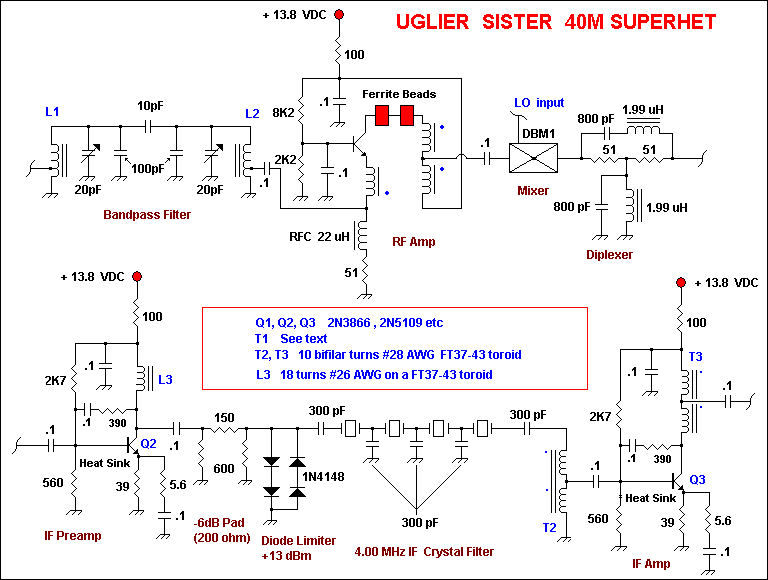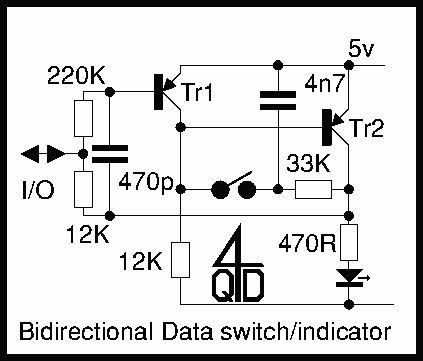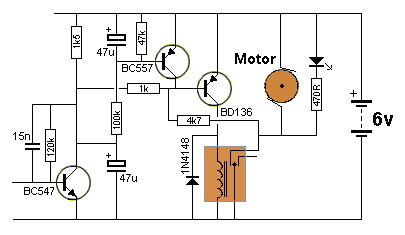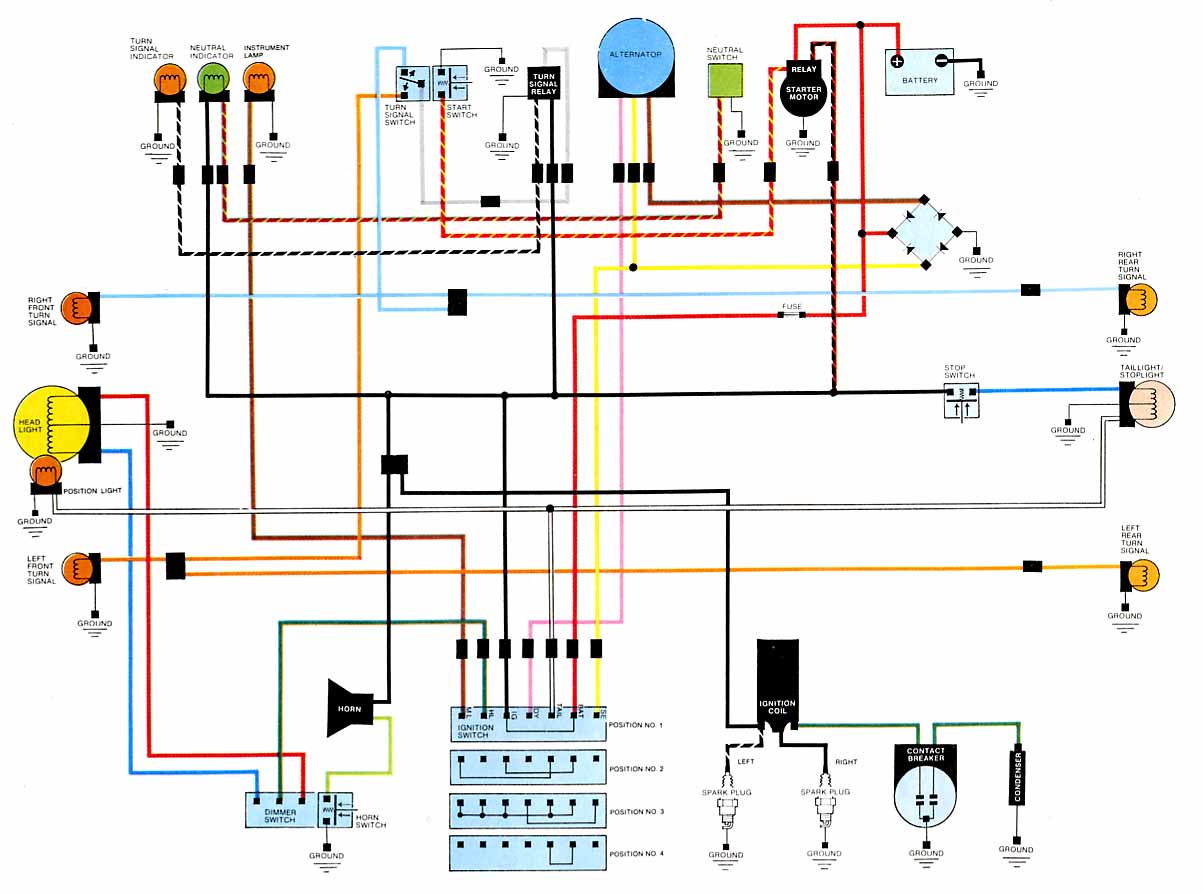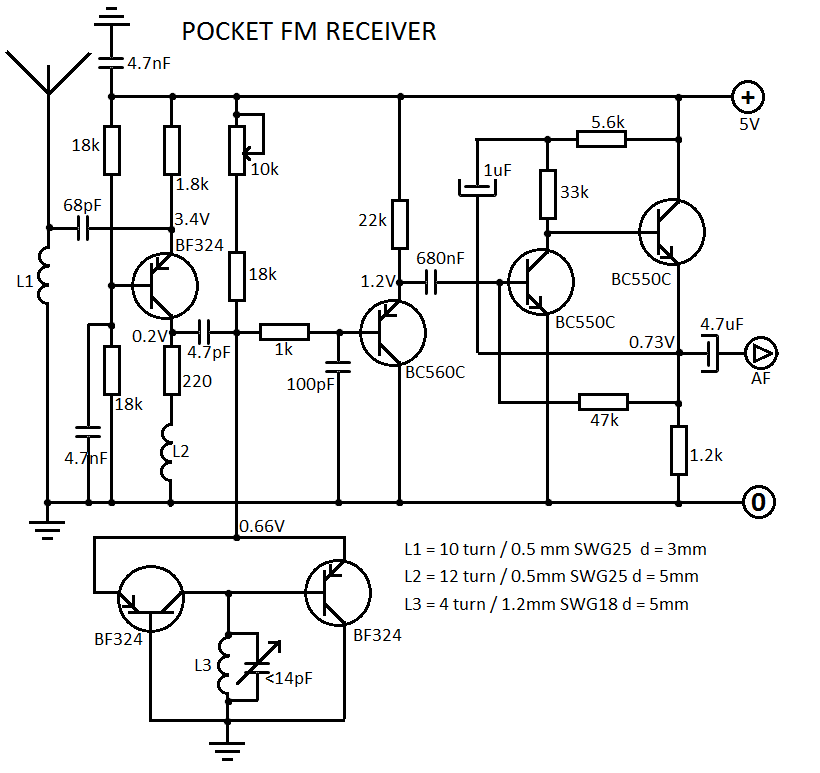
NOVA1 Radio Data Downlink
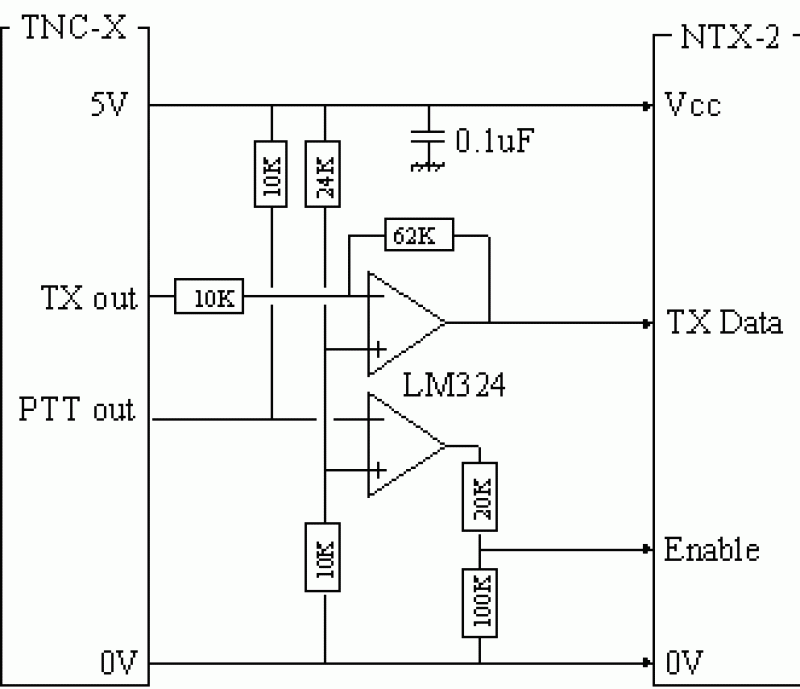
The UK radio licensing framework permits only a limited number of legal methods for transmitting data from a balloon to the ground. Unlike the US, the UK Ham Radio license specifically prohibits airborne operations, and many license-exempt frequencies are restricted from airborne use. Currently, narrow-band 10mW license-exempt modules operating in the 434.04 – 434.79 MHz frequency range appear to be the only viable option for high-altitude ballooning. The transmitter module employed was the Radiometrix NTX-2, which complies with the specifications for license-exempt transmitters and outputs a power of 10mW. The NTX-2 was chosen due to its linear input-to-frequency characteristics, which differ from similar modules that are more digital in nature. This characteristic enabled compatibility with the Audio Frequency Shift Keying (AFSK) output from the TNC.
The antenna utilized is a coaxial dipole, a straightforward design where the outer braid of the feeding coax is stripped to expose a quarter wave of the inner conductor at its end. This antenna type was selected for its radiation pattern; when positioned above the payload, it exhibits maximum signal strength directed at 45 degrees below horizontal, which is nearly optimal given the expected range of the modules.
An LM324 quad op-amp was incorporated to interface the TNC-X with the NTX-2. One of the four op-amps amplifies the audio output from the TNC-X to the level required by the NTX-2, while also adding DC bias to fully utilize the NTX-2's ±3 kHz FM deviation. Another op-amp in the circuit functions as an inverter and level shifter, necessary for driving the NTX-2's enable input at 3V.
This design effectively integrates the components to ensure reliable communication for high-altitude balloon operations, adhering to the constraints of the UK regulatory framework while optimizing performance.The whole system was built in a package that was about 70mm x 96mm x 30mm which contained the TNC, transmitter, interface circuitry and a lithium battery sufficient for about 20hours of continuos operation. All in weight (including battery and antenna) was 135g. TNC’s are used by radio hams for data communication over narrow band FM audio channel. The TNC provides a radio modem capability – converting the data coming from the host computer interface into a format suitable for transmission over a radio channel.
It takes data packets presented at the serial interface into the synchronous format used for transmission. Data is sent using a 1200 baud modem chip – which provides the signal shaping necessary to pass the data efficiently over the radio channel.
The UK radio-licensing regime is such that only a few legal ways to transmit data from a balloon to the ground currently exist. Unlike the US the UK Ham Radio licence specifically excludes airborne operation and many of the licence exempt frequencies are barred form airborne use.
Narrow-band 10mW licence exempt modules in the 434.04 – 434.79 MHz frequency range seem about the only viable option for High Altitude ballooning at present The transmitter module used was the Radiometrix NTX-2. This conforms to the licence exempt transmitter specifications and outputs a power of 10mW. The NTX-2 was selected because of its linear input to frequency characteristics (in contrast to similar modules which are more digital in operation).
This characteristic allowed the module to be used with the AFSK (Audio Frequency Shift Keying) output from the TNC. Antenna The antenna used is a coax dipole – this is a very simple antenna where the outer braiding of the feeding co-ax is stripped away to expose a quarter wave of inner conductor at its end.
This type of antenna was selected due to its radiation pattern – when mounted above the payload the antenna has a maximum signal strength directed at 45 degrees below horizontal – which is close to ideal given the expected range of the modules. Interface Circuit A LM324 quad op-amp was used to interface the TNC-X to the NTX-2. One of the four op amps are used to amplify the audio output form the TNC-X to the level required by the NTX-2 – the circuit also adds DC bias to fully use the NTX-2 +/-3KHz FM deviation.
The other op-amp in the circuit is used as an inverter and level shifter needed to drive the NTX-2 enable input at 3V.
